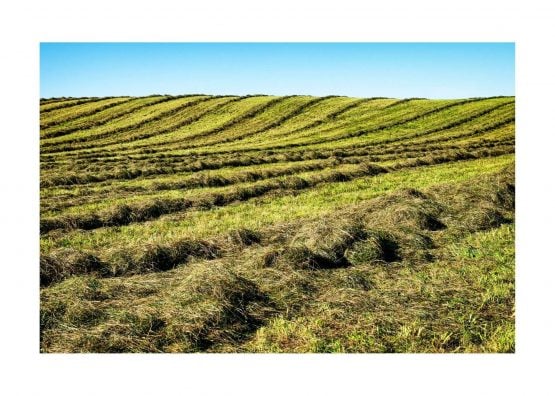Cows make Christmas extra cheerful
It might seem like a real chore to have to take care of the animals before any Christmas gifts or meals can happen, but to me it is such a special time.
Read MoreHello, everyone!
In a year with a lot of uncertainty, negativity and unease, I hope you are able to take a minute to reflect on the positive things that have happened in 2021. Let’s be thankful for our friends and family, a successful harvest (big or small), and for what we already have.
As I was thinking about a topic for my column this month, I considered the supply-chain disruptions to agriculture (and life), the effects of COVID-19, inflation and a variety of other topics that have already been covered ad nauseum. I think I am safe to say that we are all exhausted from those topics, and the stress that comes with them. I know going into the holiday season has only amplified that stress, so I am not going to add to it. So instead, I am going to talk about one of my favorite subjects — hay.
Depending on your location in Trumbull County, it was a challenging year to make hay. Some locations had heavy rain on a regular basis, and other areas had long periods of dry weather that were perfect. Taking my own advice, I am reflecting on the positive for the hay season — hay was made. Some hay was made at the perfect maturity, moisture and no weeds. Other hay was just the opposite.
When you are buying hay, you can get a pretty good idea of the quality based on the physical appearance of the hay. You can lump the hay into good, OK or poor categories based on the color, smell and feel of the bales. This will work most of the time, but if you are looking to tailor a nutrition program for livestock, you will need more than the physical appearance of the hay.
Forage or hay testing is the best and only way to know the nutrient value of hay. This analysis will typically provide data about the fiber and protein content, feed value and more. You can then use this data to determine how to incorporate hay into a feeding program.
You may hear some folks use the term “better than a snowball” when it comes to hay. By this they mean that any hay, even poor quality, is better than no hay at all. While this may be true, it is not the best-case scenario. While it is possible to feed low quality hay without harming livestock, it may not provide all the nutrition needed for your animals. This is especially true for pregnant or lactating animals. If you do have low quality hay, knowing the exact nutritive value will allow you to supplement with grain or minerals to provide a good feed ration. There are many cases where animals starved to death with a full belly because low-quality hay was not supplemented to meet the needs of the animal.
How to test hay
Hay testing sounds more difficult than it really is. Basically, you take a sample of hay from 15 to 20 bales (small squares), or a good representation of the field if they are round bales or big squares, and send it off to a lab. To obtain a sample it is ideal to use a hay probe, especially for large square or round bales, but probes are not cheap and not everyone has one. You can borrow a hay sampling probe from our office, but for small square bales you can also reach into the bales and pull out a handful of hay without a probe.
Once you get a good representative sample of the hay, you will need to send it to a lab. There are a variety of testing labs available — Penn State, A&L Great Lakes, Holmes, Equi-Analytical to name a few — and they all will have different sample submission requirements. Be sure to pick a lab before you take a sample to make sure you prepare the sample correctly.
One deciding factor for choosing a lab will be based on what information you want to receive. For example, if you have a horse with Cushing’s, you will want to make sure the the analysis will provide carbohydrate information. Most labs will provide the basic information (TDN, protein, ash, RFV, etc.), or they may have a testing package specific for small ruminants, dairy or equine that is offered. You should expect to pay between $20 to $100 for a hay test depending on your needs.
If you have any questions about hay quality or testing, feel free to call me at 330-638-6783. Also give me a call and I’ll reluctantly answer your questions about the supply-chain issues or inflation in the agricultural sector. Just kidding, I will happily complain about high fertilizer and equipment prices to anyone that wants to listen.
Take care, and stay healthy.
Submitted by Lee Beers, an Agriculture and Nation Resources Educator for OSU Extension, Trumbull County. He can reached by email.
OFBF Mission: Working together for Ohio farmers to advance agriculture and strengthen our communities.
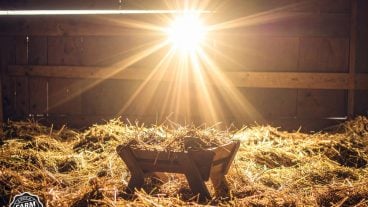

It might seem like a real chore to have to take care of the animals before any Christmas gifts or meals can happen, but to me it is such a special time.
Read More

Happy Thanksgiving, Everyone! I say it every year, but Thanksgiving is my favorite holiday. The gathering of friends and family…
Read More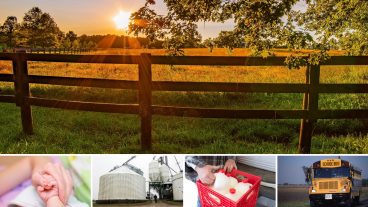

We need to get back to being people who see the good before the differences. Because when agriculture thrives, communities thrive.
Read More

As we pull on our hoodies, light our jack-o’-lanterns and sneak just one more piece of candy, we can thank agriculture for giving us the most spooktacular night of the year.
Read More

It is currently illegal to sell unpasteurized milk in Ohio. There is a renewed interest in raw milk sales, so that could change.
Read More
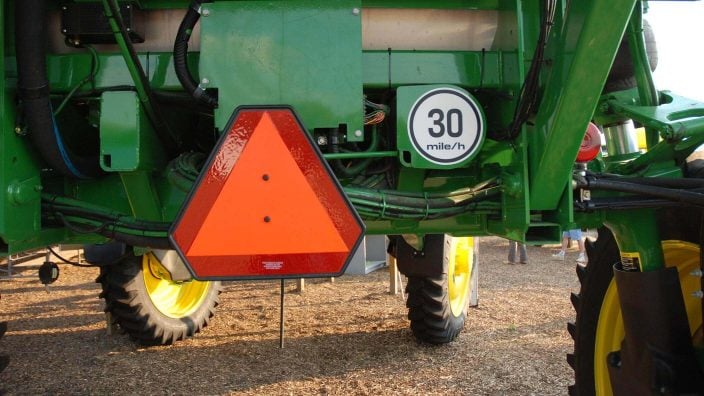
Fatigue and stress can sneak up on even the most seasoned farmer. Please, take care of yourselves.
Read More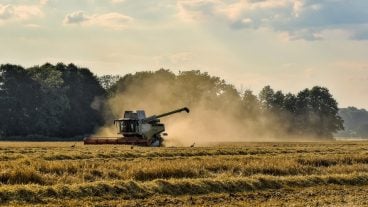
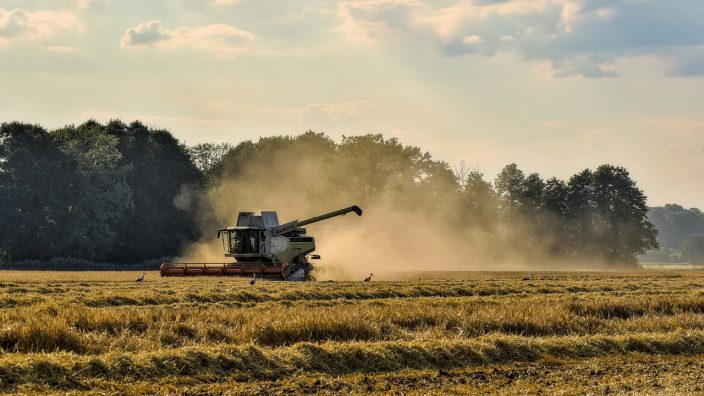
Traveling on roads with large, often oversized equipment adds to the stress.
Read More

Seeing these events be so successful and having kids so excited and eager to learn is truly heartwarming.
Read More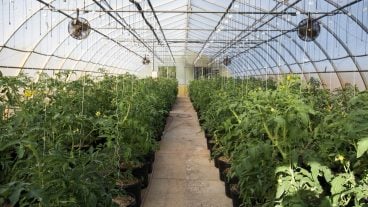
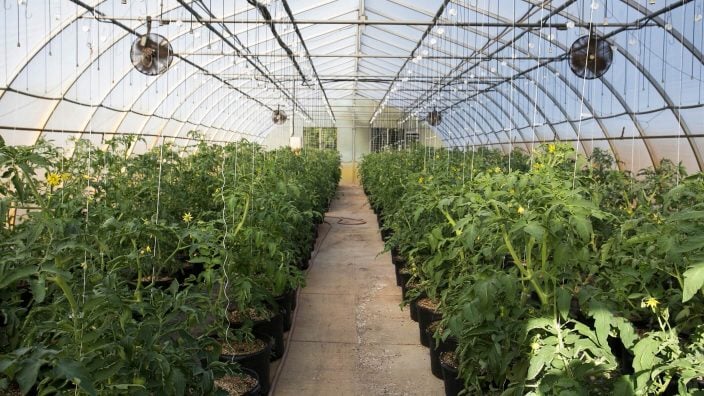
CEA will not replace traditional farming, but it is helping our food supply be more sustainably produced in the United States.
Read More

Bill Patterson of Chesterland is serving on the 2025 Ohio Farm Bureau Federation Policy Development Committee.
Read More